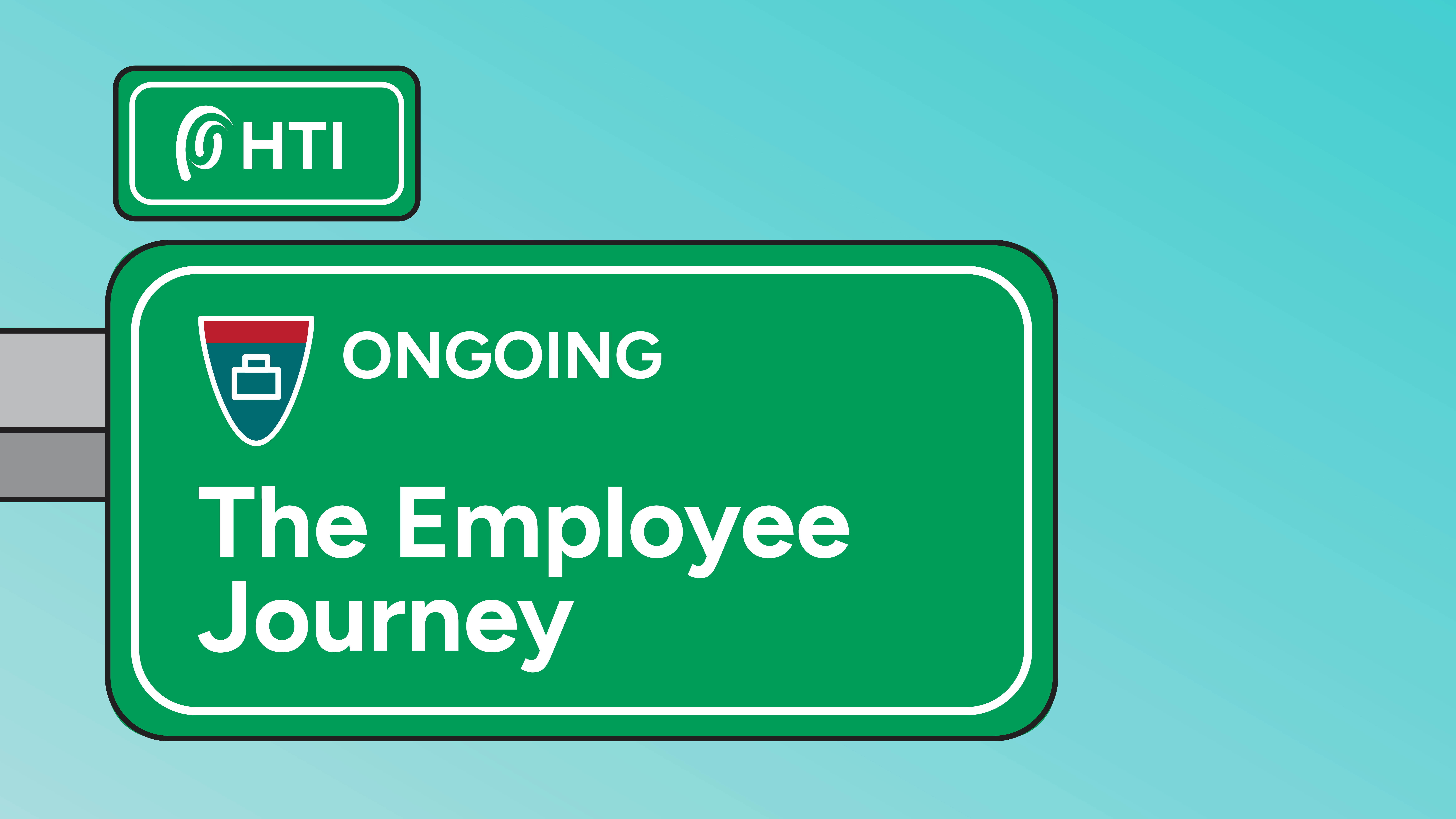HTI's own Herb Dew has been featured in SC Biz News' latest Book of Experts. Click the link and flip to page 32 (or continue reading here) to learn about Herb’s remedy for retention and the power of walking beside your employees.
What if I told you there was one simple solution that would solve turnover at your company? Instead of walking behind employees, checking in on their every waking move, or in front of them, dragging them along, try walking BESIDE them. Become a partner on their journey – their journey that now includes you as their employer.
Let me explain…
The employee journey doesn’t necessarily have a clear starting or ending point. It does, in fact, begin when they become your employee and end when they leave. But what has their path looked like prior to working for you? Do they have children? Aging parents? A chronic illness? A high-maintenance pooch? While these events may not have occurred during your time with them specifically, they will have an impact on the part of the journey you’re now on together. Much like the past influences have on an employee’s current journey, your impact on them will be part of their journey that continues after working for you.
Yes, you read that right. Your employees won’t likely be with you forever. This is a necessary fact to accept before you implement this solution. However, I can promise you that if you walk alongside your employees – recognizing that their lives evolve, in a synchronized partnership – you will find that when they do leave, you won’t be upset. Rather, you’ll feel confident in what you’ve invested in that person, how you’ve supported them, and what they’ve contributed to your business.
Here are a few tangible steps you can take to start implementing this concept into your organization:
- Create an employee journey for a handful of people within your organization. These folks could be senior leadership, critical management, or high-performing employees. If identifying certain individuals doesn’t seem like the right course of action, consider an entire group of similar positions. For example, all of your entry-level personnel or all of your Engineers – whatever makes sense based on the size and structure of your company.
- Once you’ve identified a group of employee journeys to start with, you’ll need to conduct two exercises. The first exercise consists of charting a course of what you think this person’s journey could or should look like. The second is having the employee do the same. Compare the two. You’ll likely see a lot of differences. And naturally so, because two different people created them. Next, discuss each of the paths. Work together to merge the journey into one that both of you can align on. How powerful that will be to your employee!
- Regularly audit the collaborative journey you’ve both created. After all, you couldn’t possibly foresee someone having children or wanting to go back to school to earn a higher degree. Life happens. Every day. Goals and dreams change. All these events influence our lives at work and cause changes to occur along our employee journey.
The key is to understand that by walking beside your employee, you’ve created a space for open communication and trust. As such, it’s up to both you and employee to “hold up your end of the deal,” whatever that deal is.
Maybe it’s a simple as as a Production Associate understanding how they can move to a more desirable shift. Perhaps their journey includes performance milestones; additional certifications needed to advance, regularly meeting productivity goals, and a having a strong attendance record. Or, perhaps it’s more involved – maybe your employee wants to become a CEO one day. Or maybe they just want to be great in their current role! A comprehensive progression plan that addresses a range of journeys is important to any path.
Don’t forget that life happens, and unplanned events will occur – anything from economic downturns, family or personal events, or general changes in an employee’s wants and needs. Remember, this is a scenario in which this employee’s ultimate goal is to leave your company to become their own CEO and business owner. That’s ok! Think about the value you can bring to one another if you’re in sync – if you’re both driven and passionate about the path you’ve charted together. It’s a win/win.
So, instead of walking behind or in front of your employees, try walking BESIDE them. Become a partner on their journey – you won’t regret it.



Comments